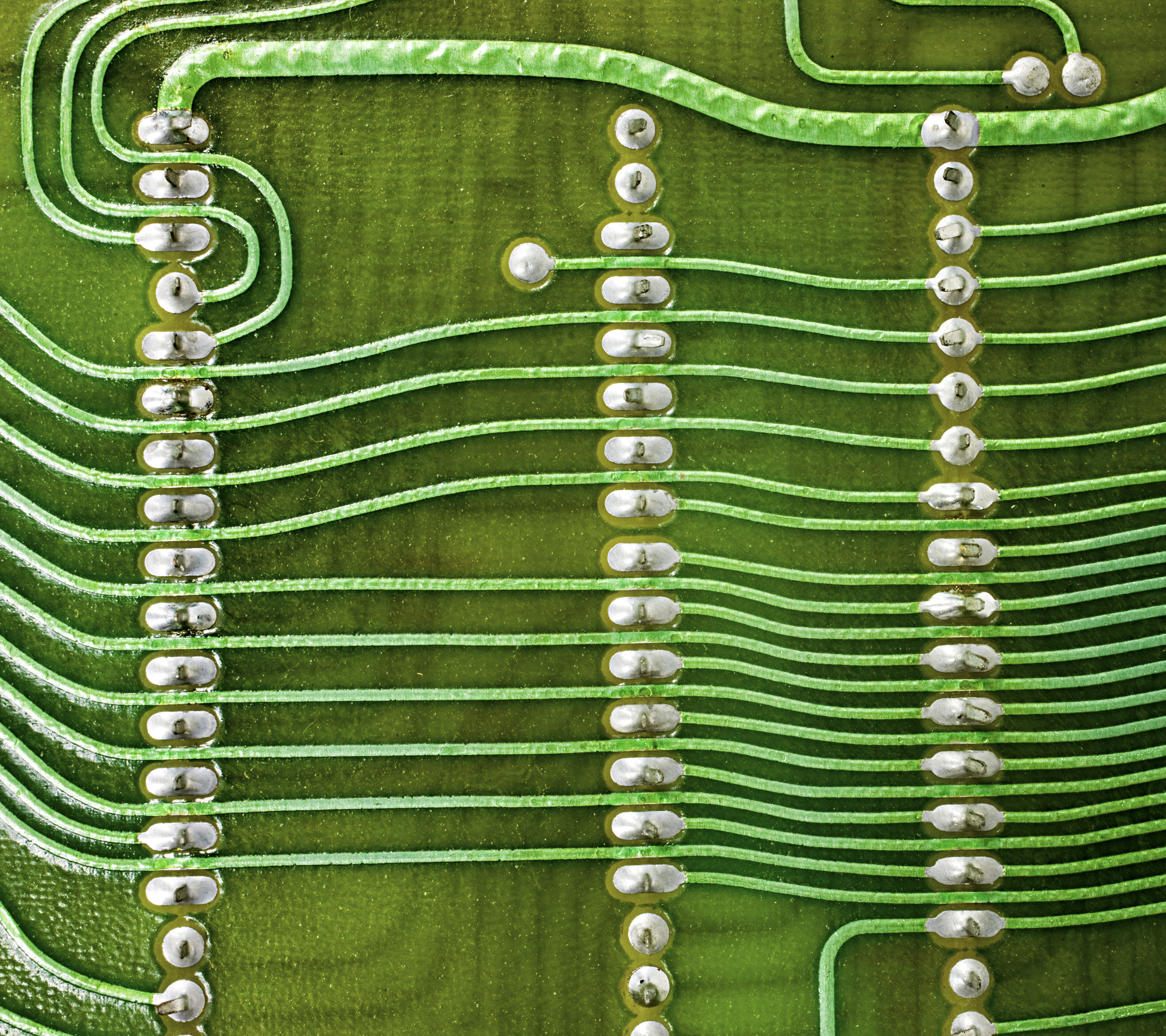
X365_84_KIM-1 microcomputer_0007
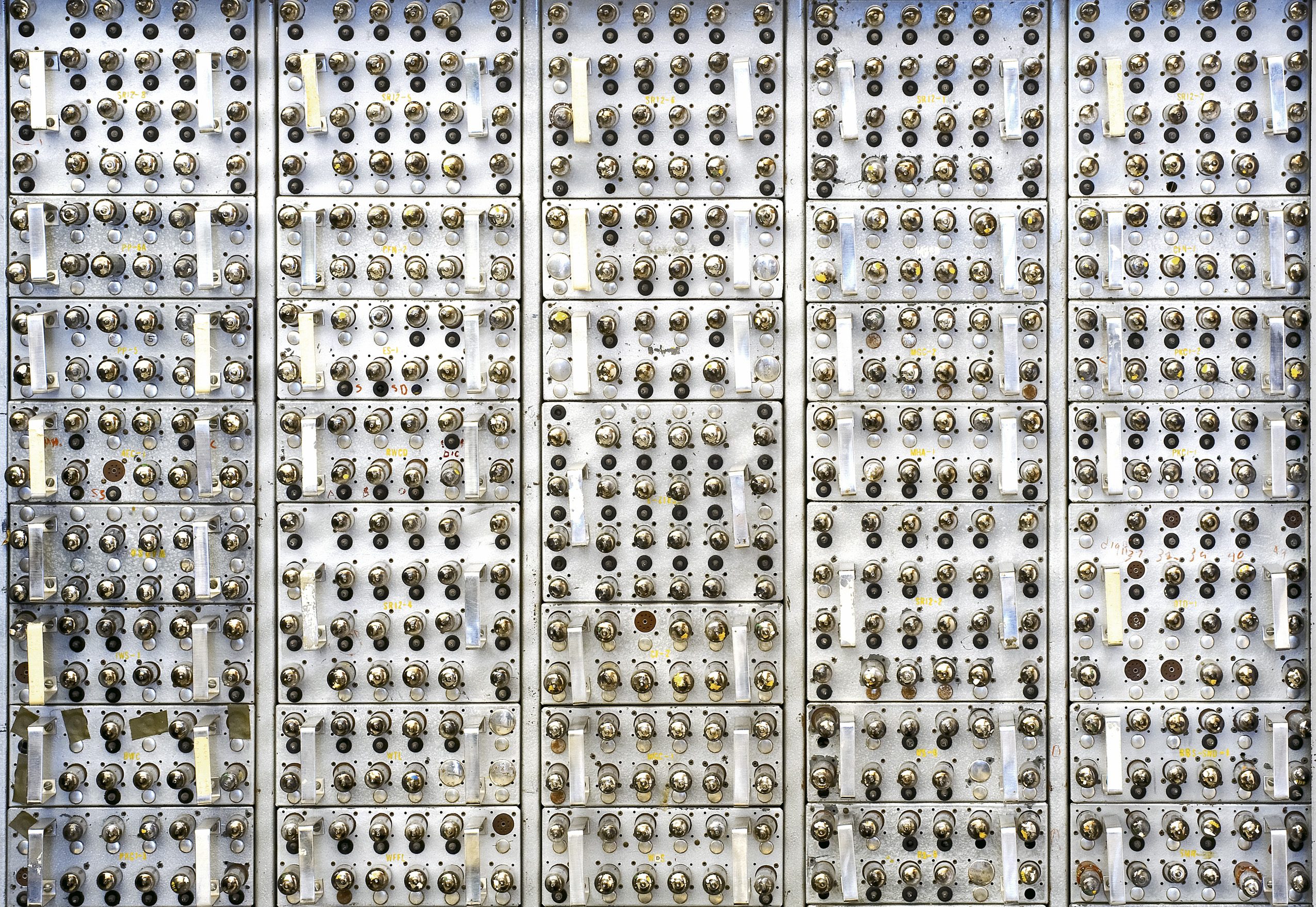
1955
University of Wisconsin, United States
The WISC (Wisconsin Integrally Synchronized Computer), designed by Gene Amdahl while completing his Ph.D. in theoretical physics, was built at the University of Wisconsin between 1951 and 1955. It was used to train electrical engineering students in the then new field of computing.
The machine’s memory was a rotating magnetic drum, the rotation time of which determined the overall speed of the system. It could perform four arithmetic operations at once, a unique feature for the time. After graduation, Amdahl joined IBM and played a key role in the architectural design of several important systems including the groundbreaking System/360.
Memory Type: Drum Speed: 100,000 Add/s
Memory Size: 1k Cost: $50,000 (est.)
Memory Width: (50-bit)
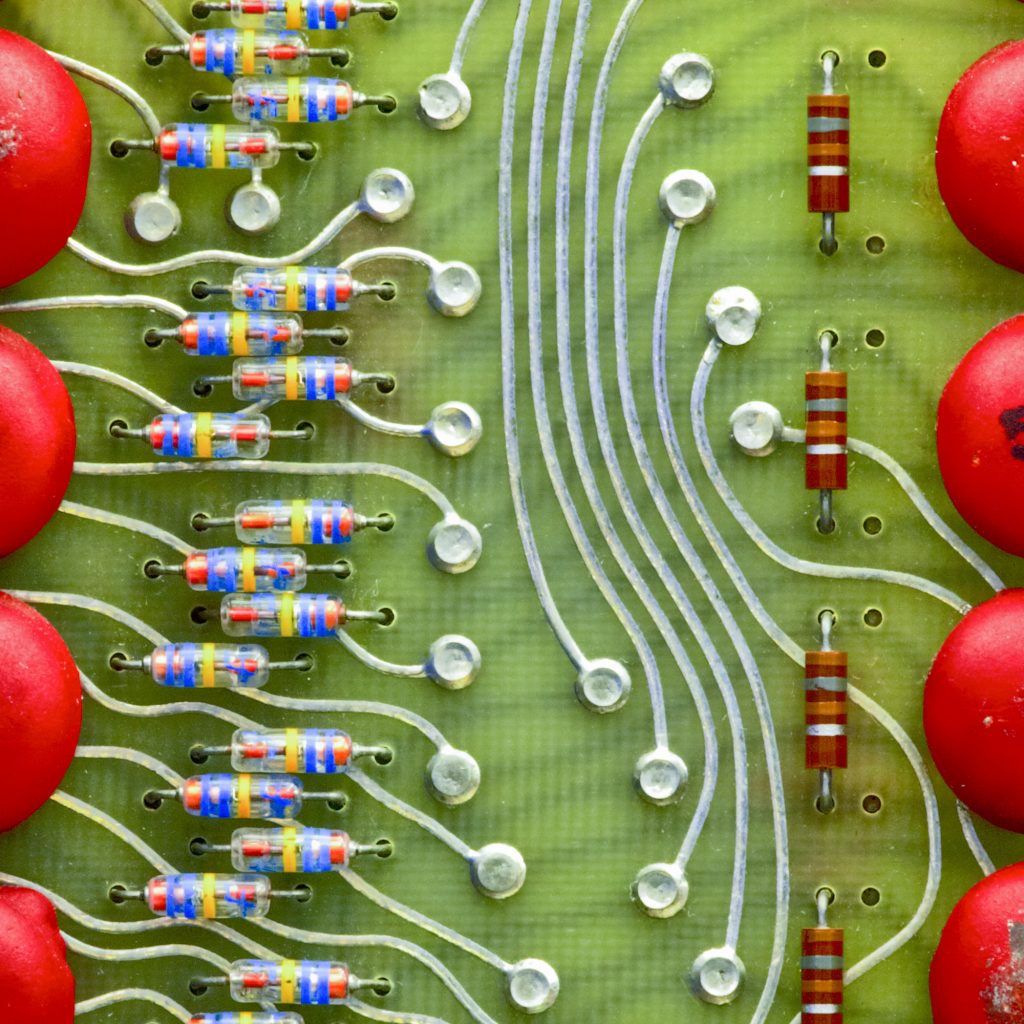
X1366_97_DEC_PDP-8_0009 as Smart Object-1 copy
Over a 25 year span, DEC manufactured more than a dozen variations of the PDP-8 and sold over 10,000 machines.
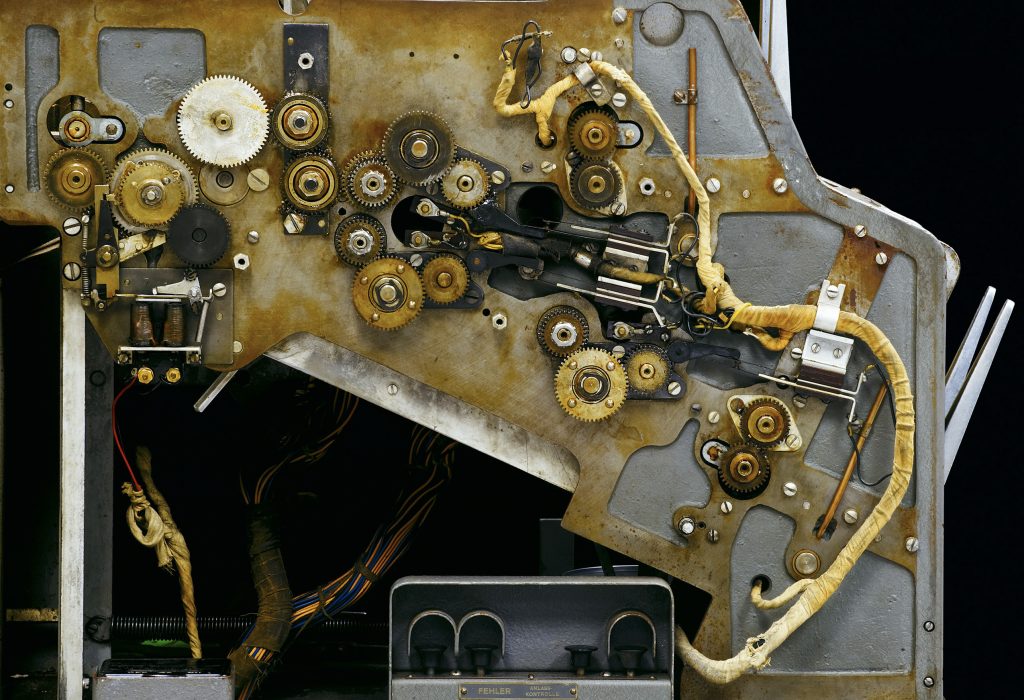
1937
IBM Corporation, United States
The Social Security Administration, established by President Franklin D. Roosevelt during the Depression, created a huge demand for punched card data processing machines, so that the earning history of every worker could be recorded and used to compute benefits. The collator compared two groups of punched cards and merged them into correct numerical or alphabetical order. The machine could also be used to extract cards from one set that were matched by cards in the other.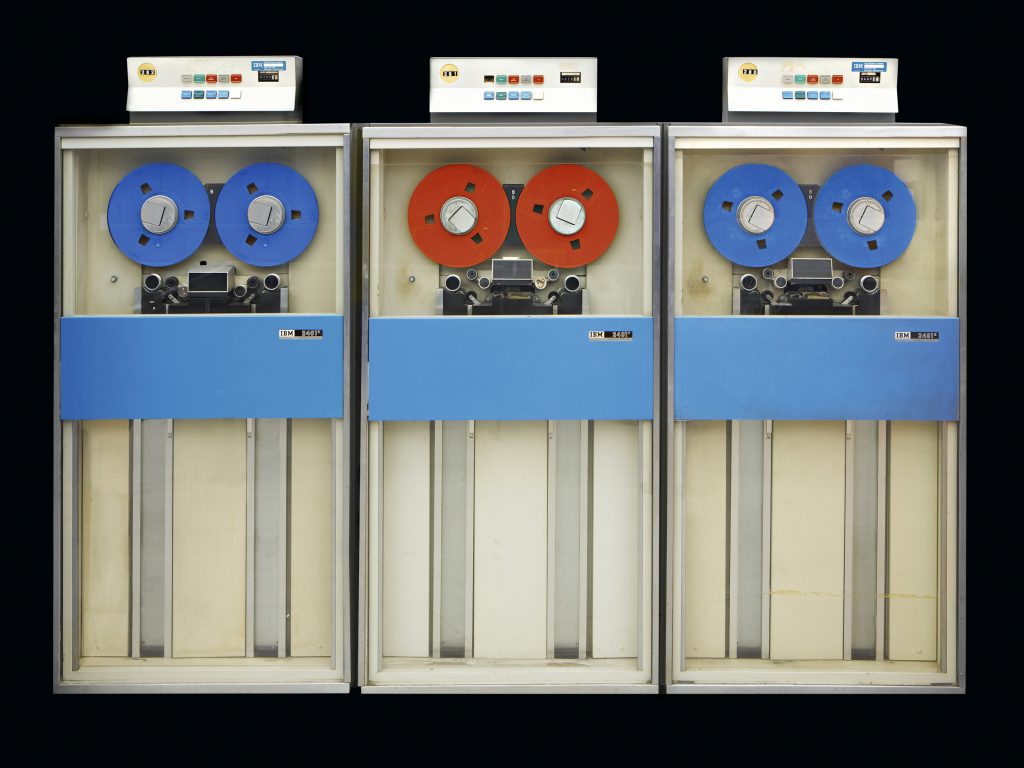
In April 1964, IBM announced the System/360. Its new line of unified, compatible computers, the largest of the machines was 40 times faster than the smallest. The line was highly successful and the 360 architecture dominated the mainframe computer industry for 25 years.
The entry-level Model 30 shown here was first shipped in June 1965.
Memory Type: Core Speed: 1,300 Add/s
Memory Size: 64K Cost: $133,000 +
Memory Width: (32-bit)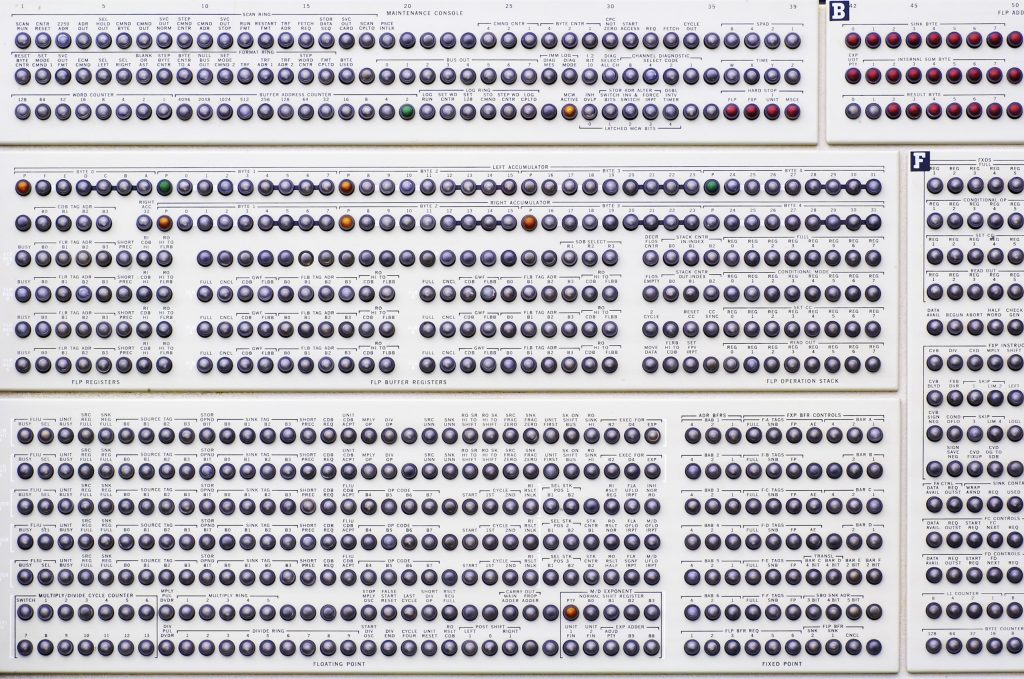
1965
Credit: IBM Archives
System/360 Model 30
1965
IBM Corporation, United States
In April 1964, IBM announced the System/360. Its new line of unified, compatible computers, the largest of the machines was 40 times faster than the smallest. The line was highly successful and the 360 architecture dominated the mainframe computer industry for 25 years.
The entry-level Model 30 shown here was first shipped in June 1965.
Memory Type: Core Speed: 1,300 Add/s
Memory Size: 64K Cost: $133,000 +
Memory Width: (32-bit)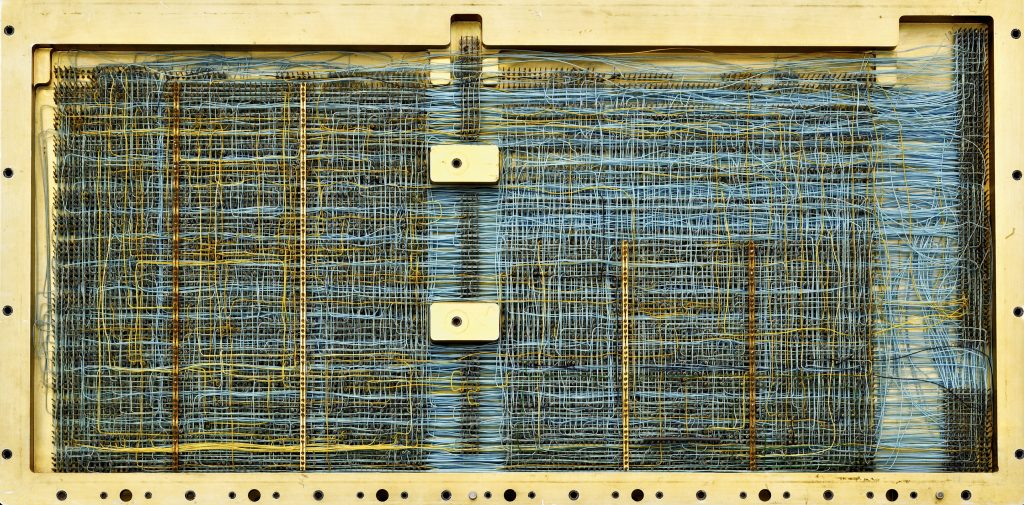
c. 1965
MIT/Raytheon, United States
Developed by the MIT Instrumentation Laboratory under the direction of Eldon Hall, and manufactured by Raytheon, this is an engineering prototype of the computer that guided the Apollo Spacecraft Command Module (CM) from Earth orbit to the Moon and the CM’s return to Earth surface. It also guided the Lunar Module (LM) from lunar orbit through its descent to the moon’s surface and return to rendezvous with the CM in lunar orbit. During the critical landing procedure, it accepted manual steering commands from the astronauts to make a safe landing.
Memory Type: Core Speed: 42,735 Add/s
Memory Size: 2K+24K ROM Cost: $250,000
Memory Width: (15-bit)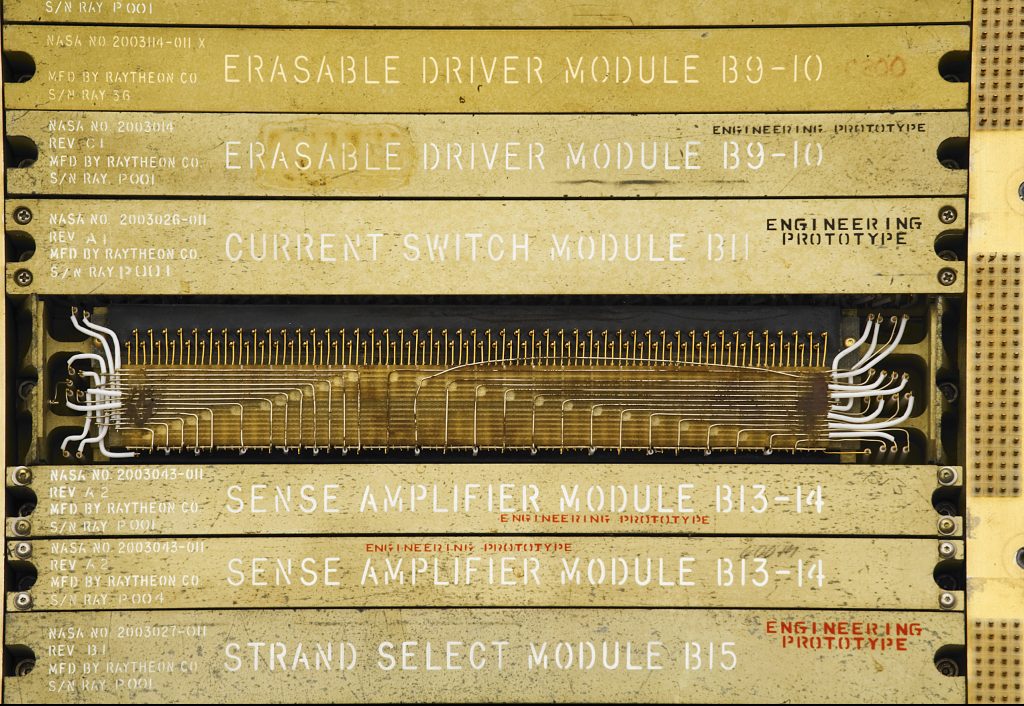
c. 1965
MIT/Raytheon, United States
Developed by the MIT Instrumentation Laboratory under the direction of Eldon Hall, and manufactured by Raytheon, this is an engineering prototype of the computer that guided the Apollo Spacecraft Command Module (CM) from Earth orbit to the Moon and the CM’s return to Earth surface. It also guided the Lunar Module (LM) from lunar orbit through its descent to the moon’s surface and return to rendezvous with the CM in lunar orbit. During the critical landing procedure, it accepted manual steering commands from the astronauts to make a safe landing.
Memory Type: Core Speed: 42,735 Add/s
Memory Size: 2K+24K ROM Cost: $250,000
Memory Width: (15-bit)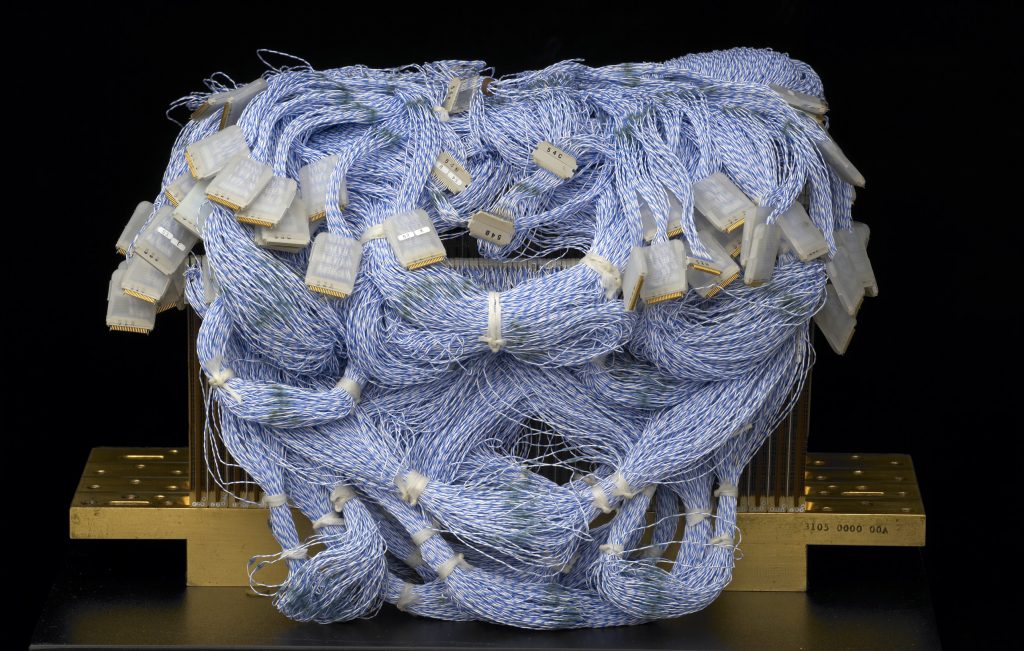
1993
Cray Computer Corporation, United States
Seymour Cray chose exotic gallium arsenide (GaAs), instead of silicon, for the circuitry of the Cray-3. The modules in this “brick” comprise a multi-layer sandwich of printed circuit boards that contain 69 electrical layers and four layers of GaAs circuitry. It consumed 90,000 watts of power and, like the Cray-2, was cooled by immersion in Fluorinert. Only one complete Cray-3 was built. A computation that took the Cray-3 only one second would have taken ENIAC 67 years.
Memory Type: Semi Speed: 15 GFLOPS
Memory Size: 2G Cost: $30,000,000
Memory Width: (64-bit)
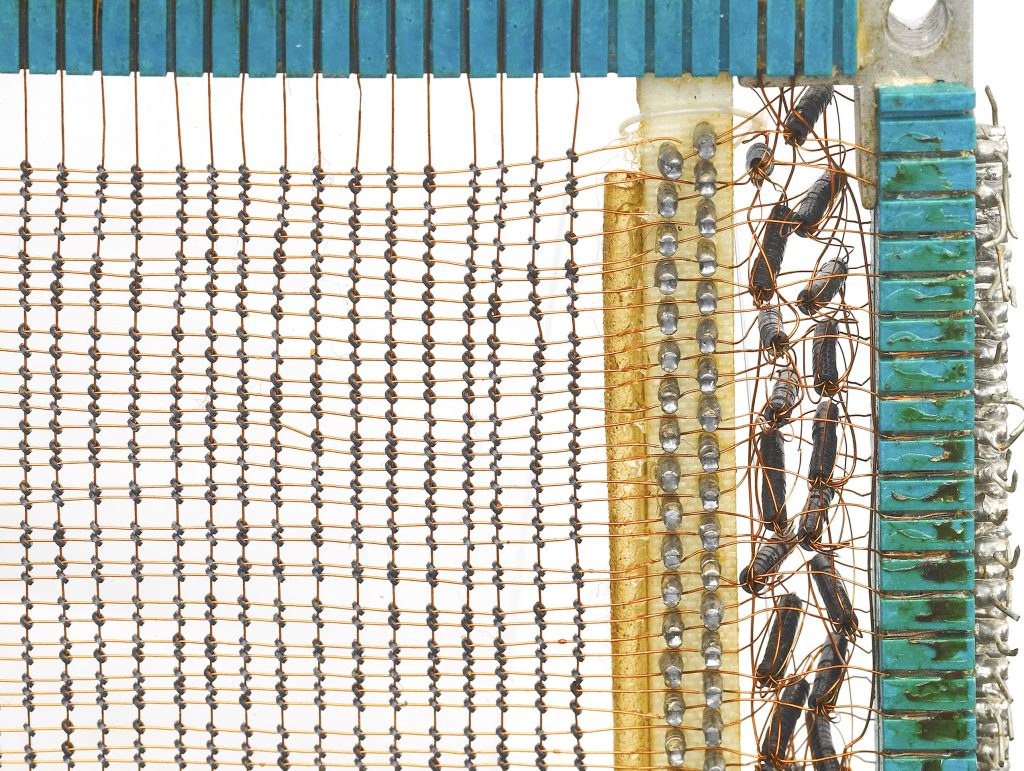
Core memory Magnetic Cor Memory IllIac II
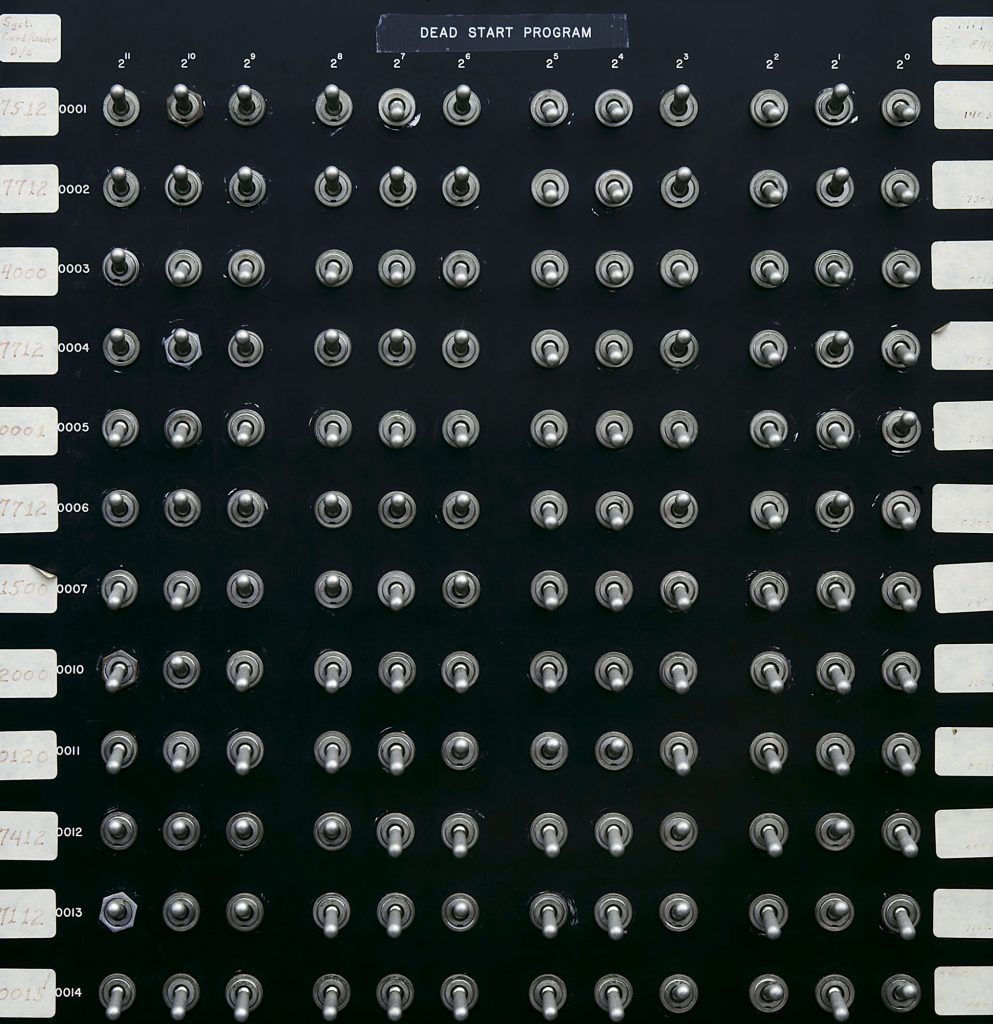
1964
Control Data Corporation, United States
When introduced in 1964, the CDC 6600 was the fastest machine in the world. Designed by Seymour Cray, the 6600 executed about three million instructions per second and remained the fastest machine for five years, until Cray produced his next supercomputer, the 7600.
The elegant architecture of the 6600 included one 60-bit central processor with multiple functional units that executed in parallel with ten shared-logic 12-bit peripheral I/O processors. The machine was Freon cooled. Selling for $6 to $10 million each, Control Data Corporation (CDC) manufactured about 100 machines.
Memory Type: Core Speed: 10 MFLOPS
Memory Size: 64K+2M Cost: $10,000,000
Memory Width: (60-bit)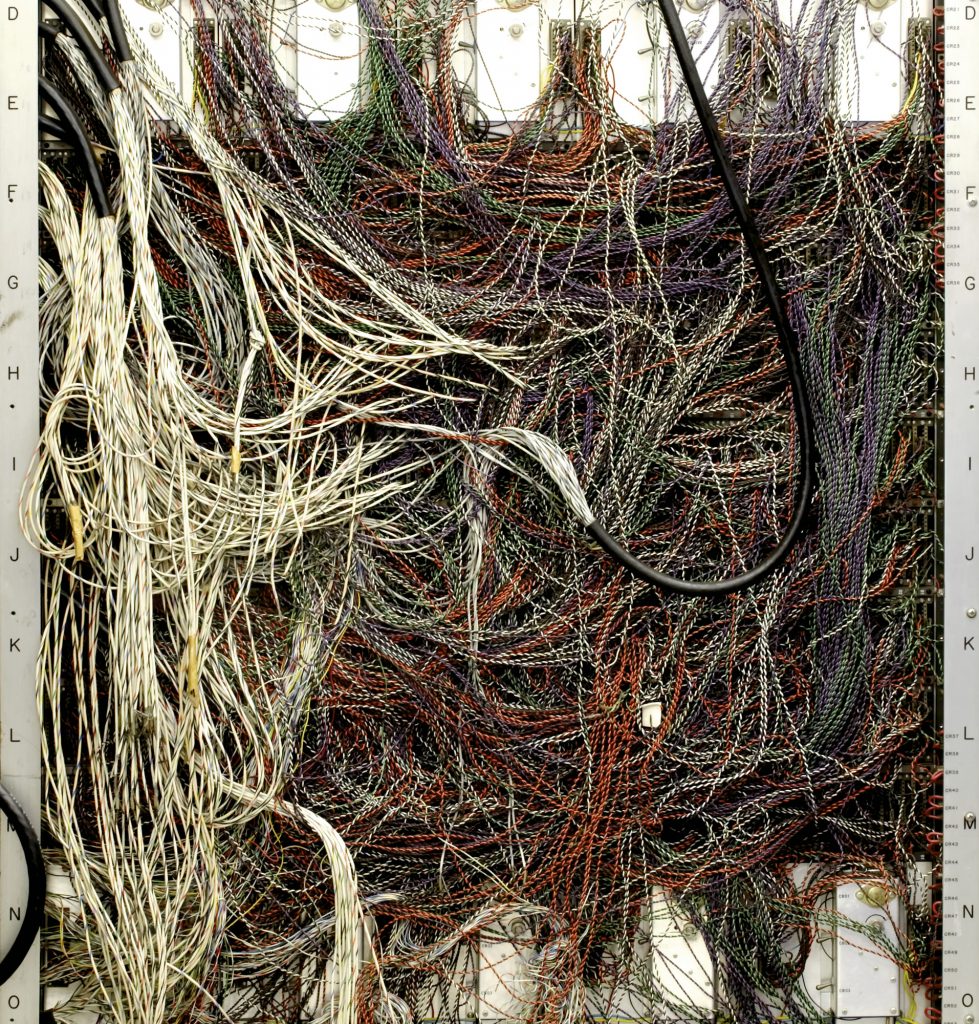
1964
Control Data Corporation, United States
When introduced in 1964, the CDC 6600 was the fastest machine in the world. Designed by Seymour Cray, the 6600 executed about three million instructions per second and remained the fastest machine for five years, until Cray produced his next supercomputer, the 7600.
The elegant architecture of the 6600 included one 60-bit central processor with multiple functional units that executed in parallel with ten shared-logic 12-bit peripheral I/O processors. The machine was Freon cooled. Selling for $6 to $10 million each, Control Data Corporation (CDC) manufactured about 100 machines.
Memory Type: Core Speed: 10 MFLOPS
Memory Size: 64K+2M Cost: $10,000,000
Memory Width: (60-bit)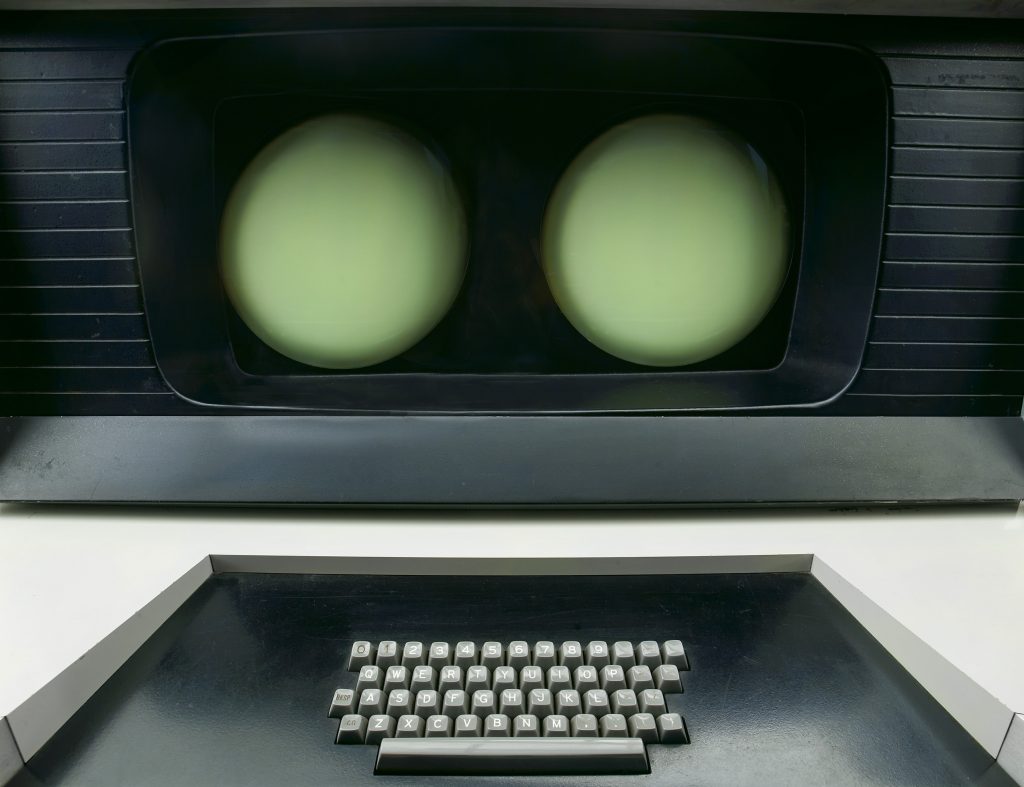
1964
Control Data Corporation, United States
When introduced in 1964, the CDC 6600 was the fastest machine in the world. Designed by Seymour Cray, the 6600 executed about three million instructions per second and remained the fastest machine for five years, until Cray produced his next supercomputer, the 7600.
The elegant architecture of the 6600 included one 60-bit central processor with multiple functional units that executed in parallel with ten shared-logic 12-bit peripheral I/O processors. The machine was Freon cooled. Selling for $6 to $10 million each, Control Data Corporation (CDC) manufactured about 100 machines.
Memory Type: Core Speed: 10 MFLOPS
Memory Size: 64K+2M Cost: $10,000,000
Memory Width: (60-bit)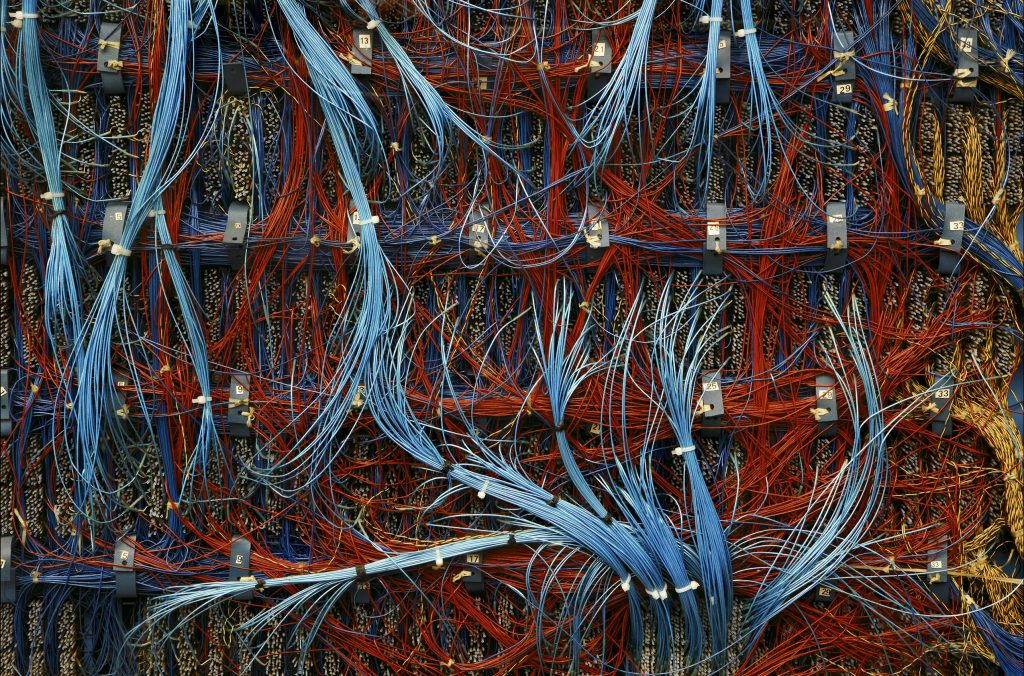
1975
University of Illinois/Burroughs Corporation, United States
In 1966, Daniel Slotnik began designing the ILLIAC IV to incorporate 256 processors, each of which would execute the same instruction on different data (SIMD). Burroughs Corporation began construction of the machine at the University of Illinois, but moved the project to the NASA Ames Research Center in Mountain View, California, in 1971 due in part to fears involving the project’s military-based funding and student unrest over the Vietnam War. Although only 64 processors were built, the computer performed useful work, such as wind tunnel simulation, seismic studies, and image processing, until it was decommissioned in 1982.
Memory Type: Semi Speed: 75 MFLOPS
Memory Size: 16M Cost: $31,000,000
Memory Width: (64-bit)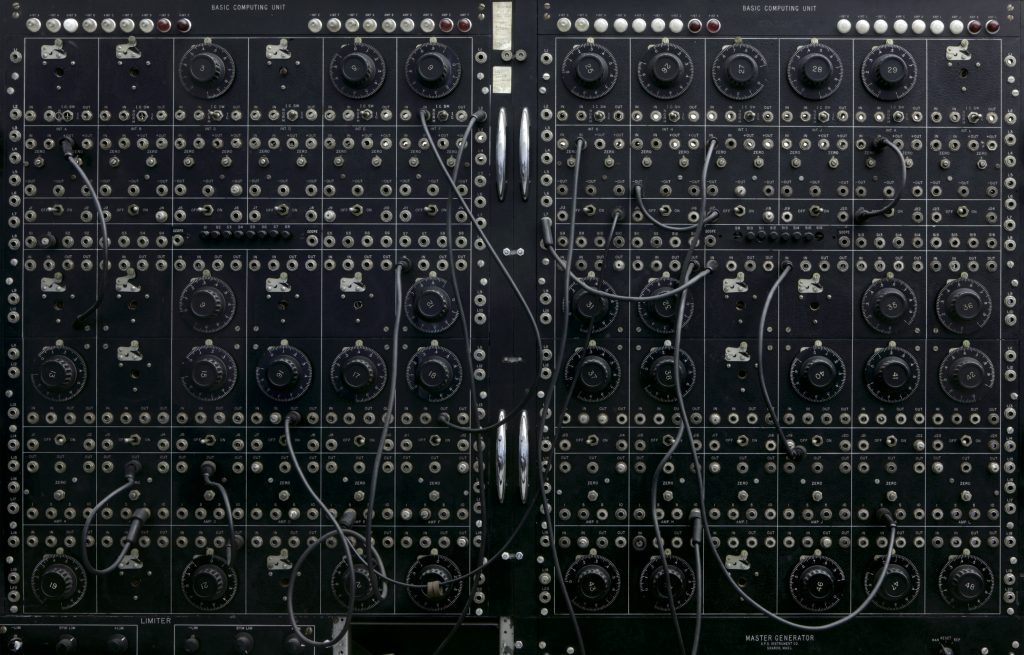
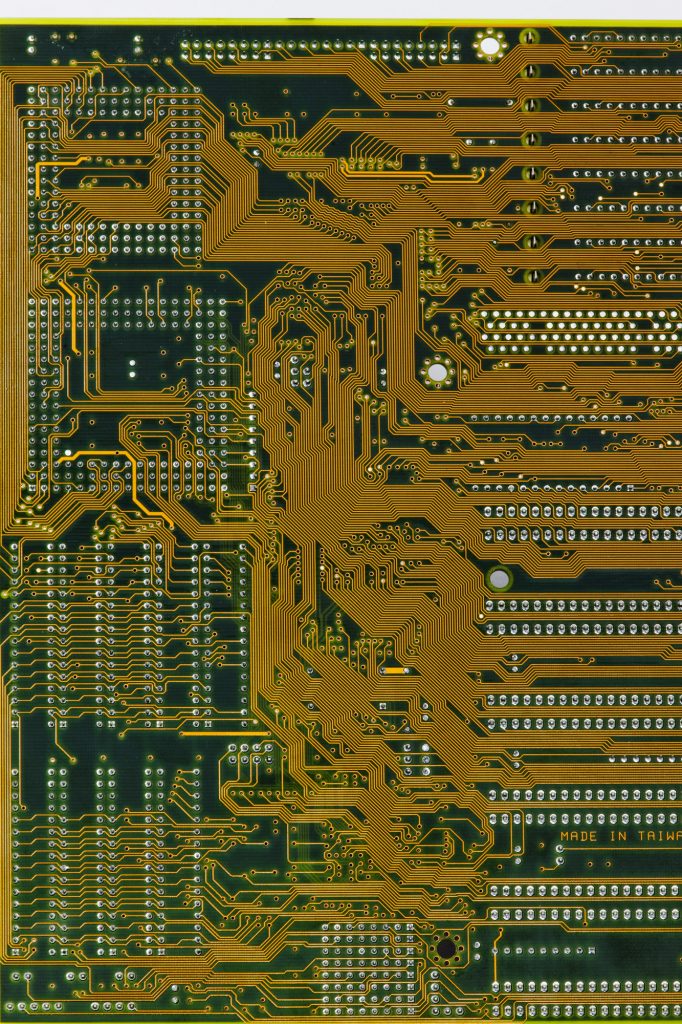
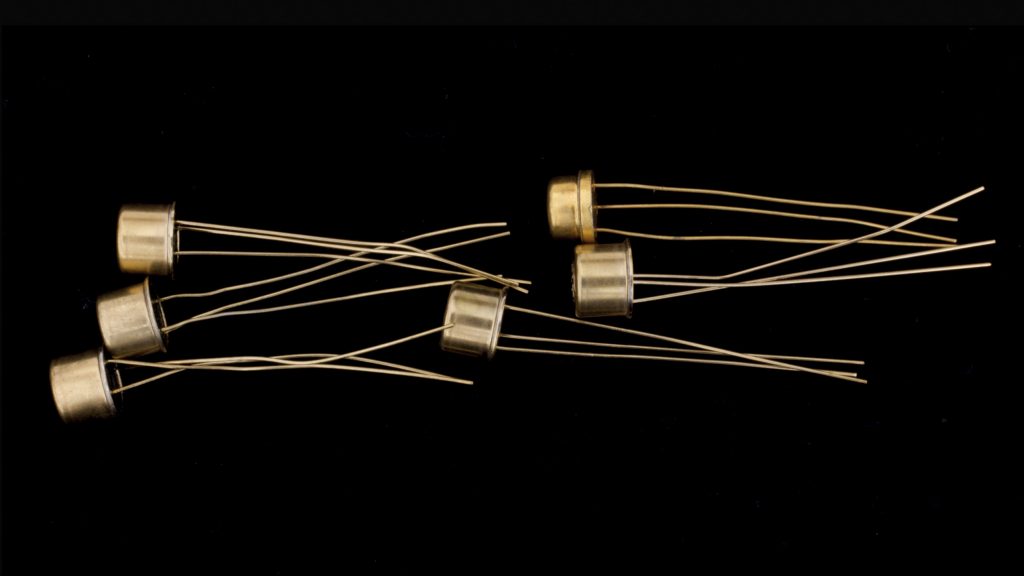
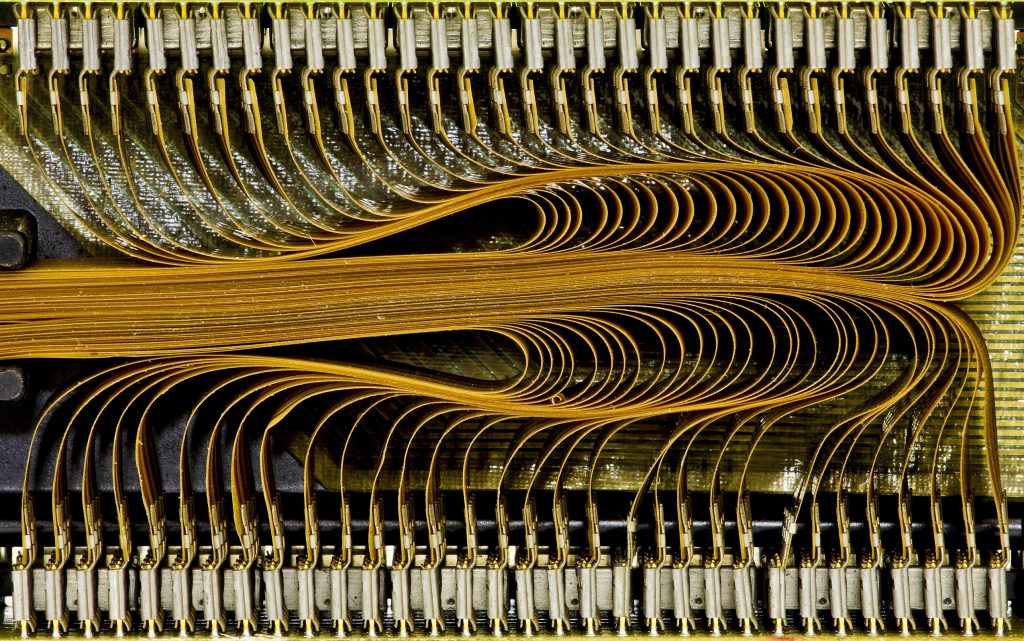
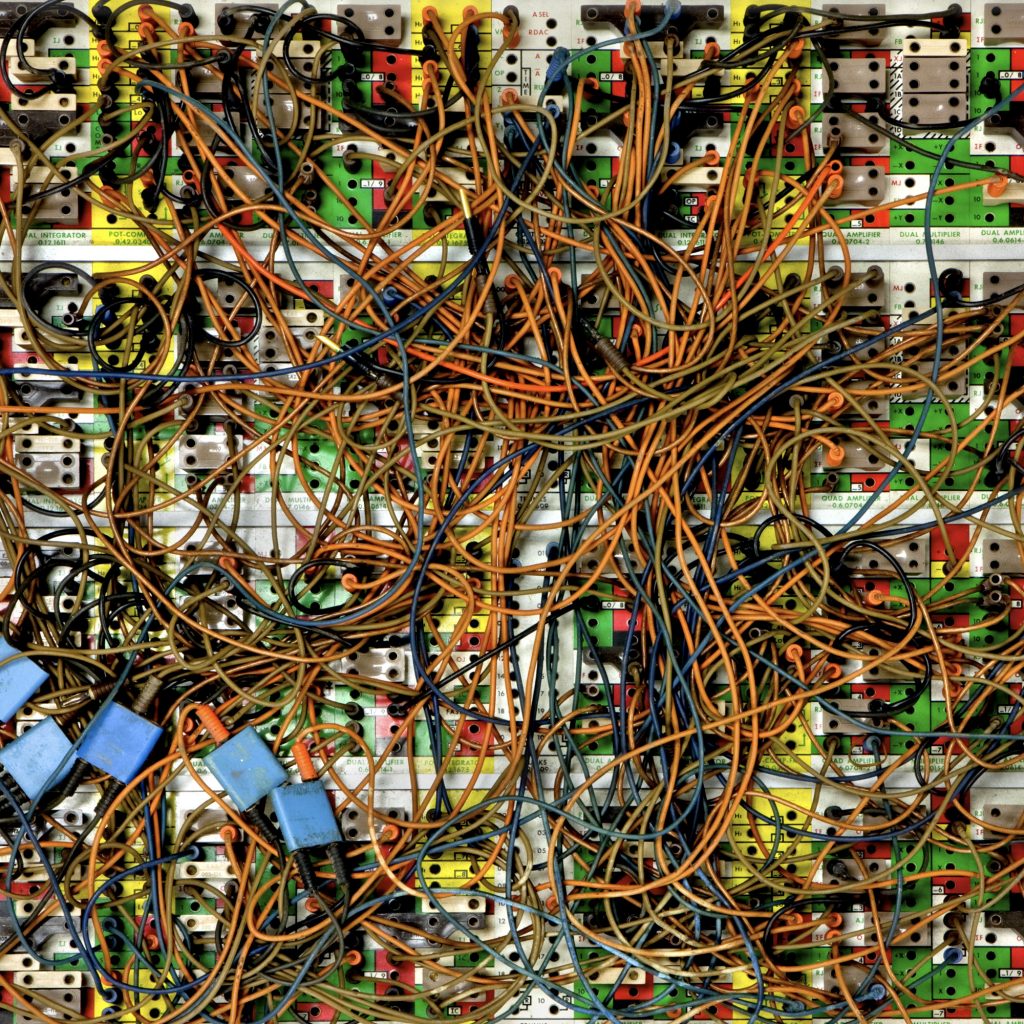
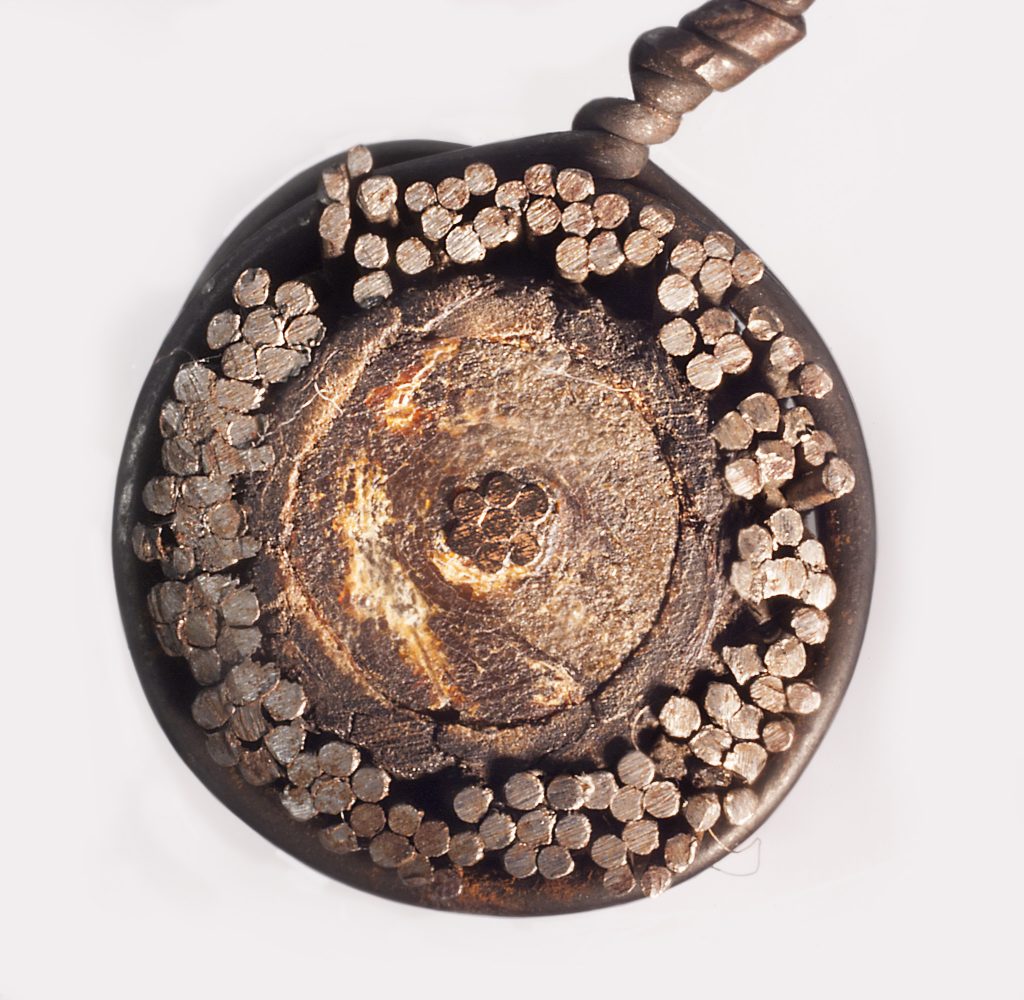
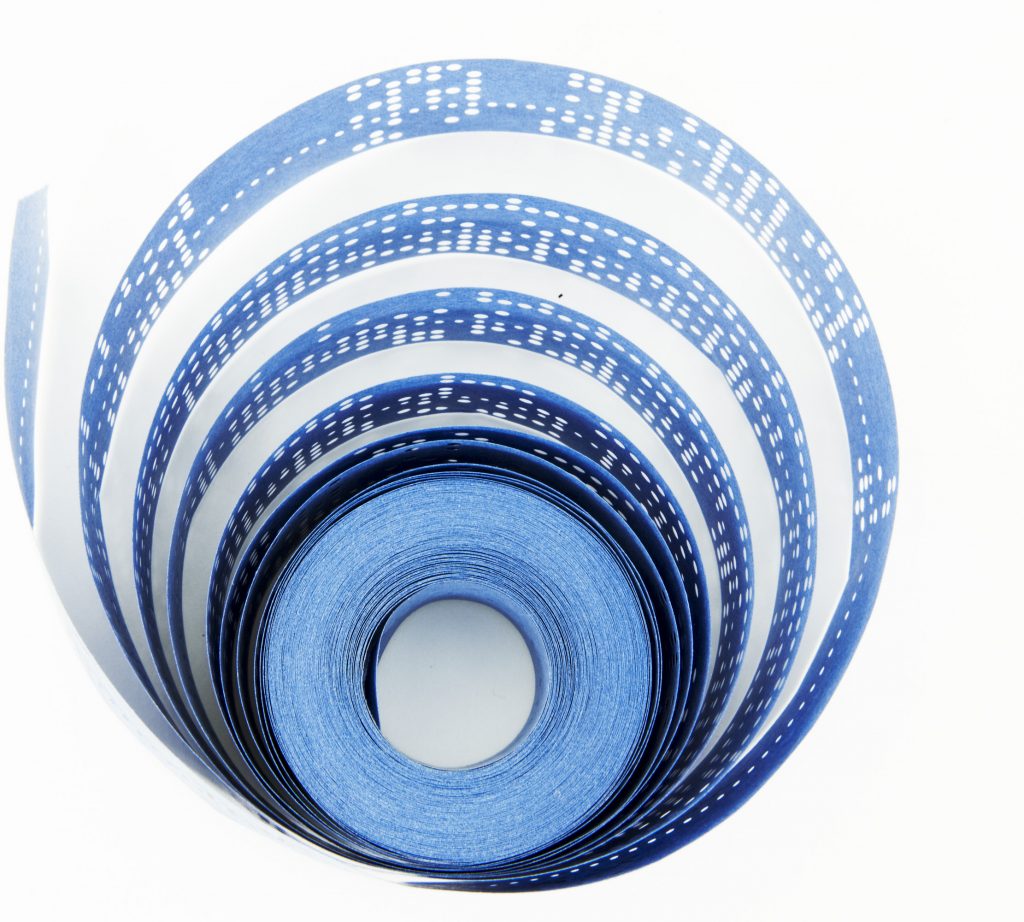
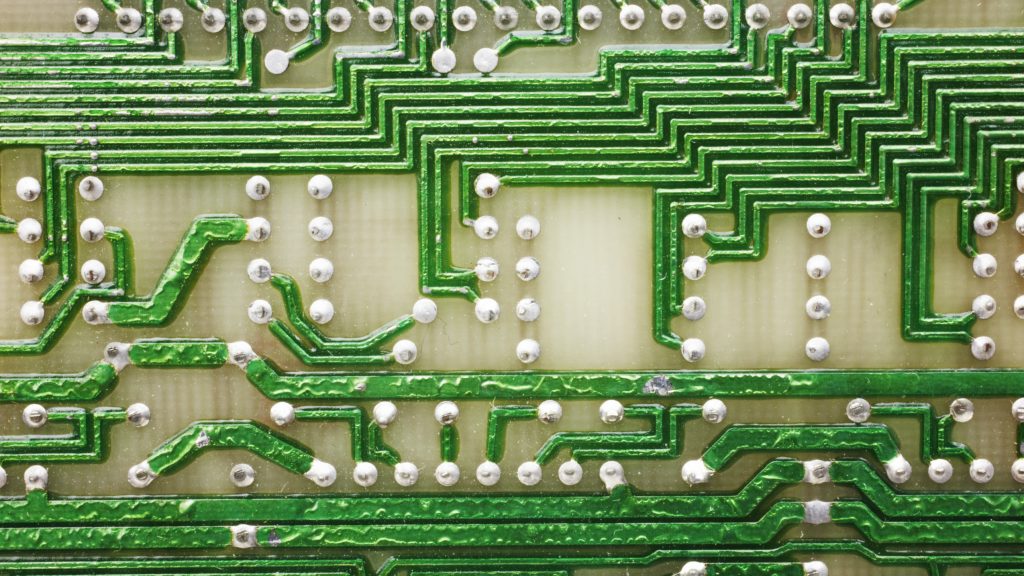
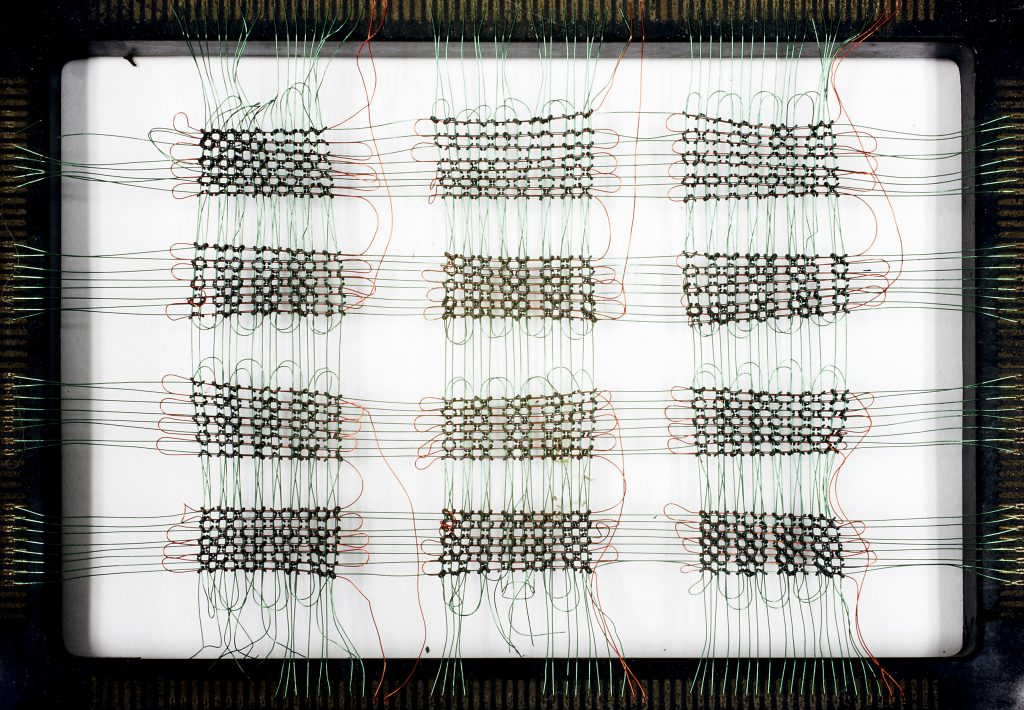
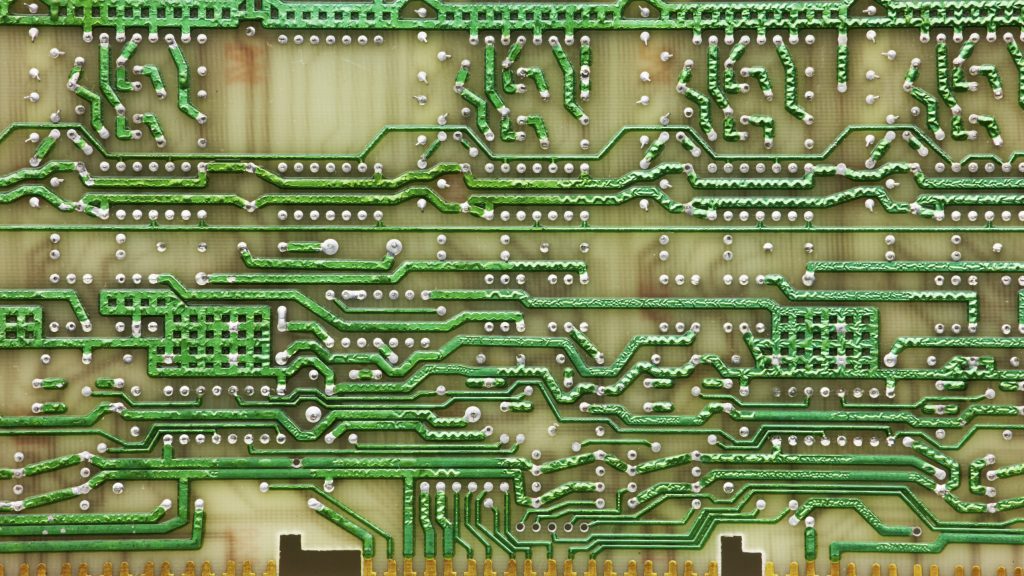
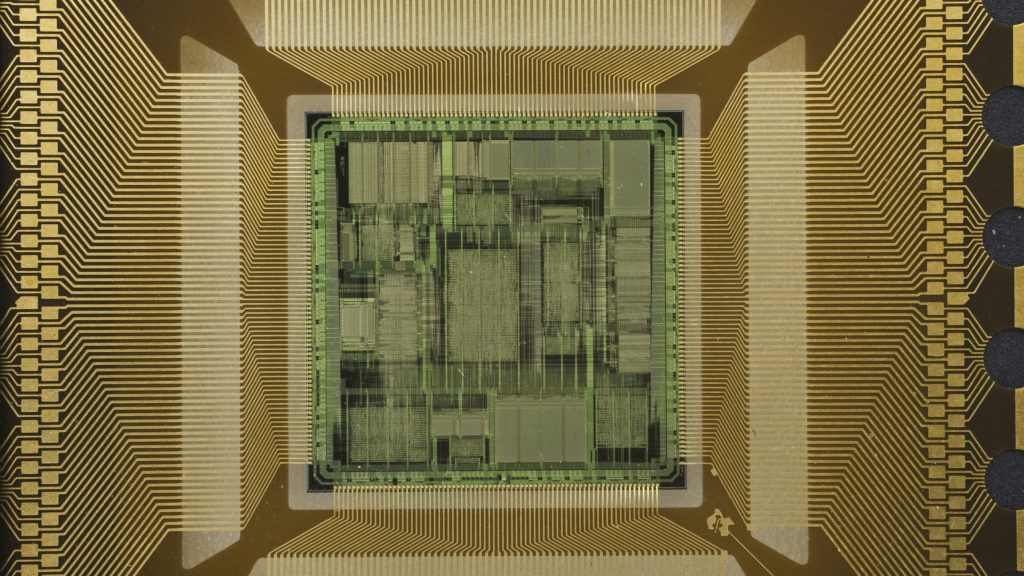
The Art of the Machine
I am drawn to the mundane, at least to what at first appears mundane. The “average” is never that to me. While these images depict our machine past they also point towards our future as human and machine intertwine. This visuals mark a moment in history that may be as true a point of departure as the day Gutenberg completed his printing press.
These photographs, I hope, reveal the human in the machine, and the machine in the human. Computers were people once. The word ‘computer’ comes from the 17th century and refers to a person or group of people who undertake complex mathematical calculations. In my photographs, a similar complexity unfolds from the simple toggle switch as it reveals binary, to hexadecimals, to visual. I try to show the act of creation in fields of switches and rivers of wiring.
It is difficult to say whether these photographs serve as mirrors to the viewer showing us, a cousin twice removed, or if they show the aspiration of an earlier time when inventors shaped their hopes for the future and without realizing, gave their designs, human features. Conscious or not, a visual parallel between wires delivering energy to mechanical memory and the neural pathways of human anatomy is shown. Seeing past specific byte and hard drive and wire, shows vein, nerve and human form. The beauty is both in the machine that shows and exceeds human imagination and, in the end, what a familiar and clearly human product that machine is. MR
Mark Richards began his photographic career in the field of journalism. On the road to documenting events of contemporary history for magazines he discovered a corollary world of visual depth. In his more recent photographs, Mark considers imagery from medicine as it reveals the magnificence and complexity and the art of human anatomy.
Mark Richards was born in California. In the past he has photographed wars, riots, gangs and other endeavors of humanity. He has won numerous awards for his pictures. These pictures are from Core Memory, a book to be published in 2007 by Chronicle books.
All copyright MARK RICHARDS 2017 CORE MEMORY PROJECT INC.